Made With KiCad
These are some KiCad designed projects that have been made by users. If you want to be featured along the other showcases on this page please submit a merge request on GitLab if you meet the contributing guidelines for requirements on adding a project!
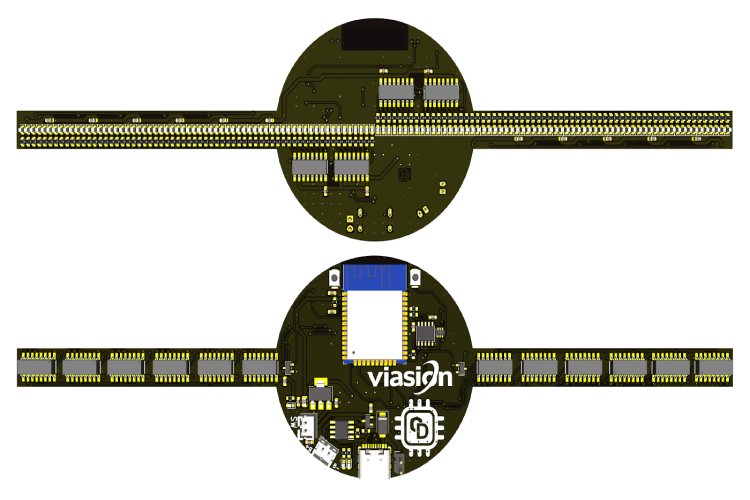
Open Source POV Display using ESP32
Jobit Joseph
An open source POV display with 128 pixels resoultion and a maximum frame rate of 20FPS. This display is capable of displaying images as well as animation. The display is built around the ESP32 SoC, and used 74HC595 shift registers for controlling each pixels. We have also created a web tool, which will convert each image into a an array that only need approximately 2Kb of code space for each image. This makes it so that it can be easly integrate multiple number of images into the code without worrying about storage limitation.
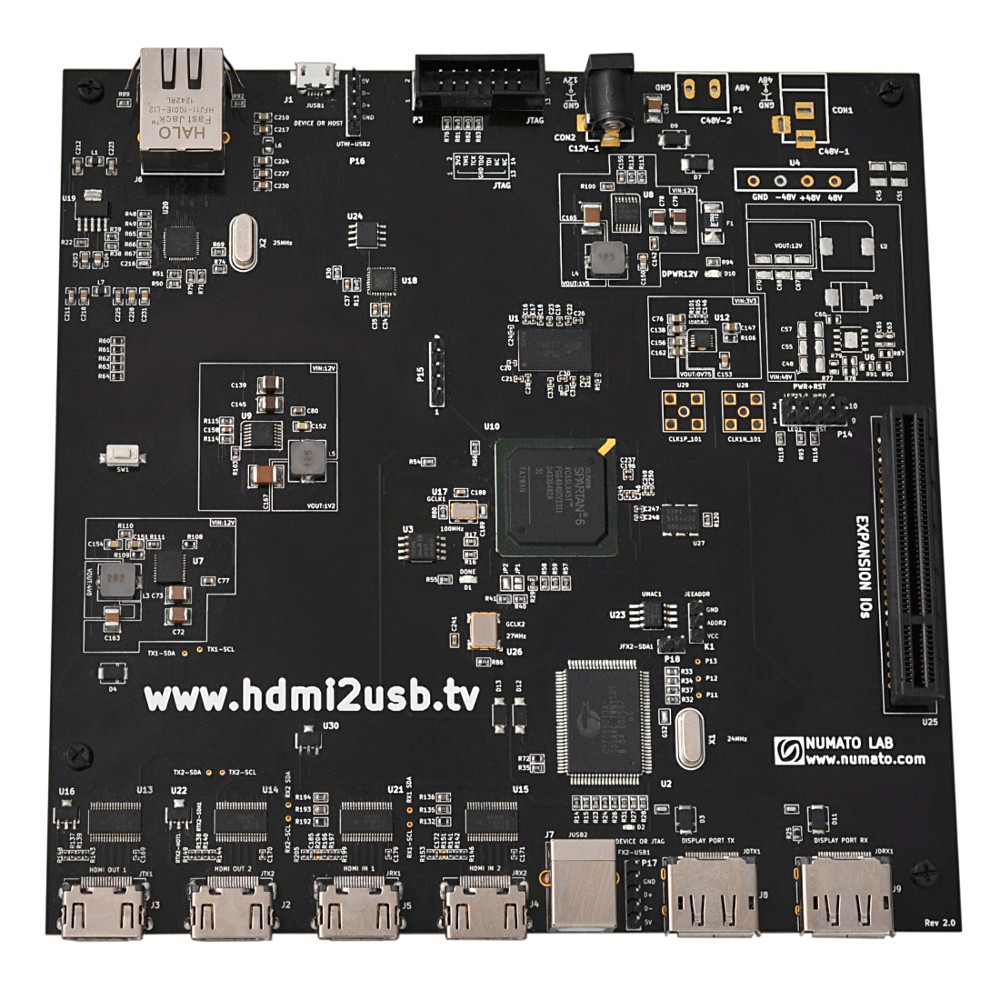
Opsis
Numato & TimVideos
The Opsis is a powerful FPGA-based open source video platform for videographers and visual artists and designed to give the user complete control over high-speed video, enabling everything from real-time conference capturing solutions, to experimental visual art and even general FPGA-based video research.
Created in collaboration between the Numato Lab and TimVideos.us live event streaming project, the Opsis is the ideal device for the HDMI2USB.tv video capturing firmware, which allows for “fool-proof” video recording from any computer.
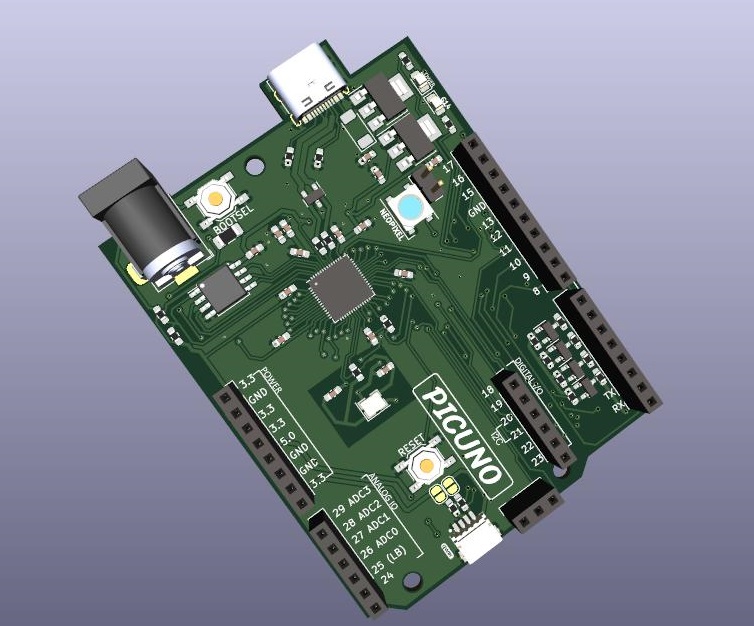
Picuno
Atul Ravi
The Picuno is the mix of the RP2040 and the Arduino UNO. A drop in replacement for the UNO compatible with C and python derivatives.
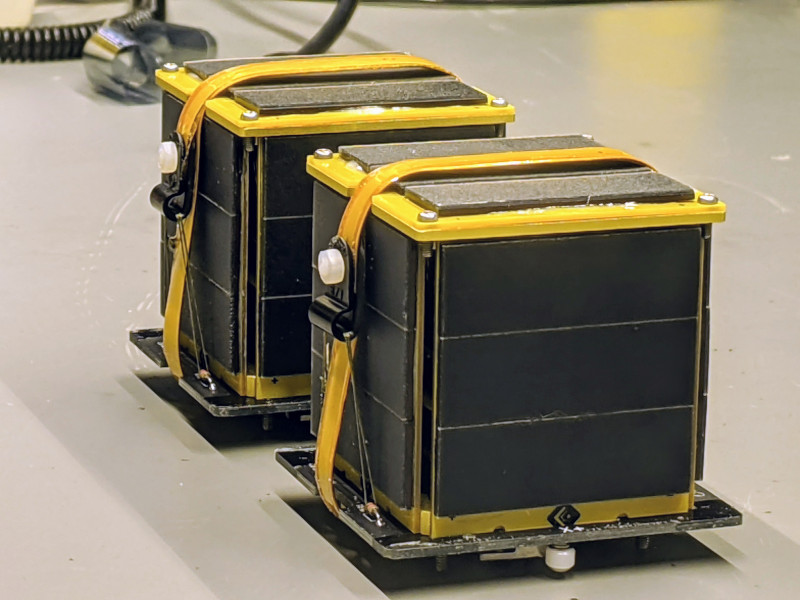
QUBIK
Libre Space Foundation
QUBIK-1 and QUBIK-2 are 2 PocketQube satellites designed, developed and integrated by Libre Space Foundation. They were expected to be short-lived and were tasked to perform Launch and Early Operations Phase (LEOP) Satellite Identification and Tracking experiments.
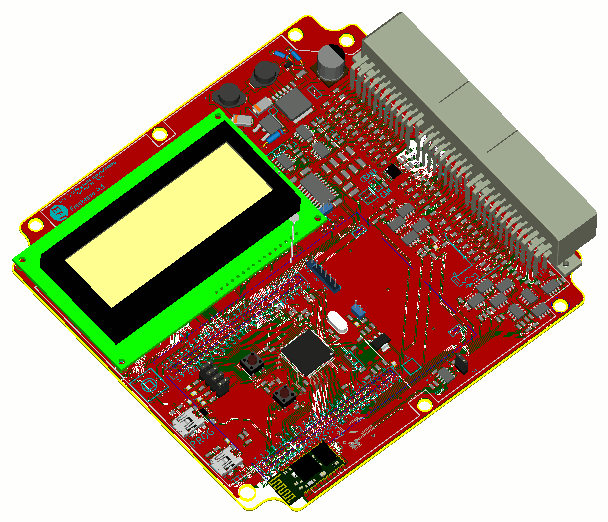
rusEFI Frankenso
rusEFI
The rusEFI project is an attempt to build an open source automotive injection Engine Control Unit (ECU) based on STM32. Hardware and software is available.
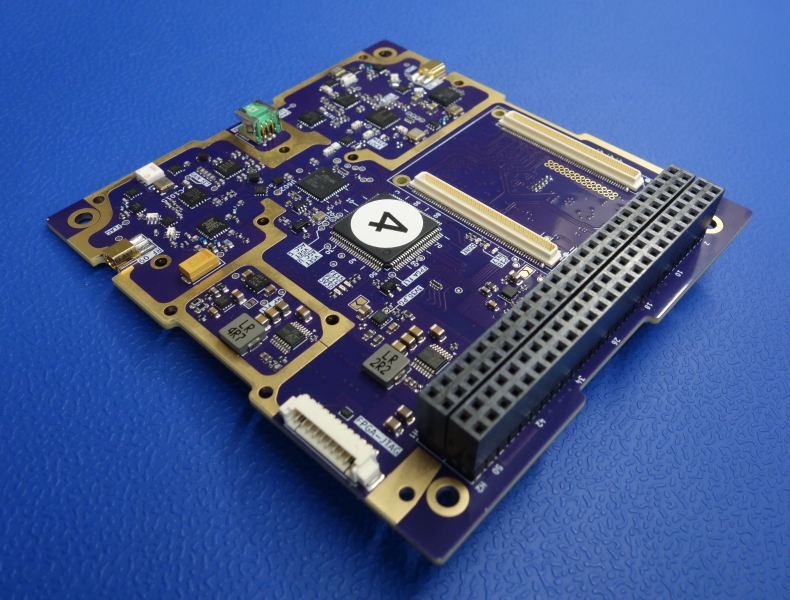
SatNOGS COMMS
Libre Space Foundation
SatNOGS-COMMS is a versatile telecommunications solution, designed and developed by Libre Space Foundation, suitable for nano-satellites and CubeSats, operating in UHF and S-band and featuring tight integration with the SatNOGS Network.

Saturn
Numato
Saturn is an easy to use FPGA Development board featuring Xilinx Spartan-6 FPGA. Saturn is specially designed for experimenting and learning system design with FPGAs.
This development board features Xilinx XC6SLX series FPGA with FTDI’s FT2232H Dual-Channel USB device. The high speed USB 2.0 interface provides fast and easy configuration download to the on-board SPI flash. No programmer or special downloader cable is needed to download the bit stream to the board.
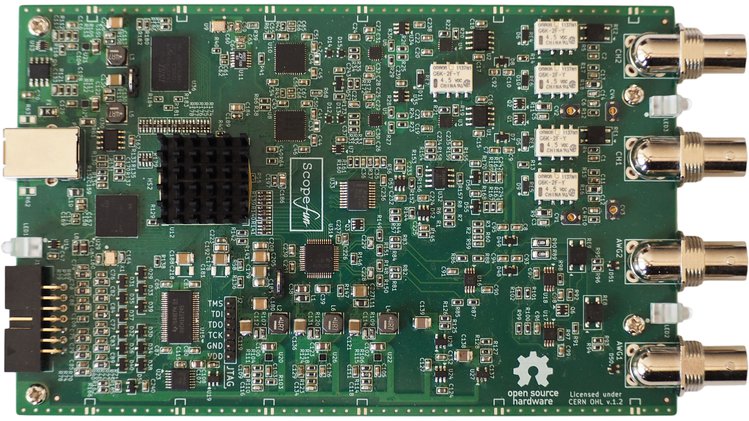
ScopeFun
Dejan Priversek and David Kosenina
ScopeFun in an open source, all-in-one instrumentation platform. It includes an oscilloscope, arbitrary waveform generator, spectrum analyzer, logic analyzer, and digital pattern generator.
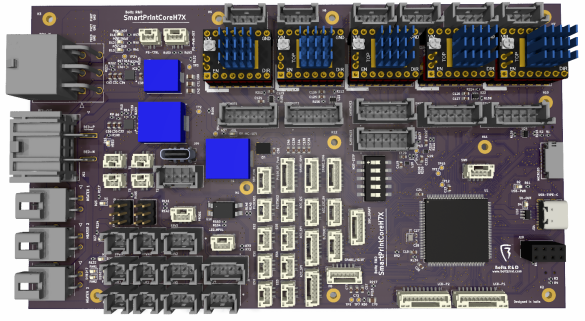
SmartPrintCoreH7x
Boltz R&D
Dive into the heart of innovation with SmartPrintCoreH7x, a groundbreaking open-source 3D printer mainboard designed with passion for the community and a clear focus on durability, reliability, and ease of use. Born from a vision to empower makers, tinkerers, and engineers around the globe, SmartPrintCoreH7x prepares to stand as a beacon of collaborative development in the 3D printing world
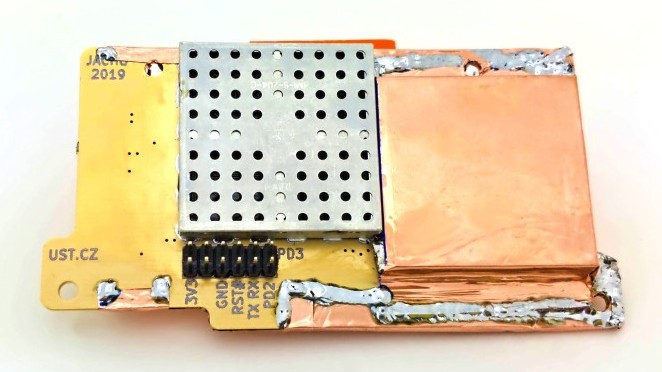
SPACEDOS dosimeters
Universal Scientific Technologies s.r.o. (UST)
SPACEDOS dosimeters are open-source semiconductor detector based ionizing radiation spectrometers and dosimeters. They have already successfully participated in several space missions. SPACEDOS02 measures, for a period of a regular crew change lasting several months, aboard the International Space Station (ISS). SPACEDOS01 dosimeter has been modified for mounting inside CubeSats and was sent to Earth’s orbit as a part of the SOCRAT-R satellite.
Categories
- Automotive 1
- Computer 3
- Development Board 16
- DroneCAN 1
- Drones 5
- Human / Machine Interface 2
- Instrumentation 5
- Internet of Things 1
- Motor Controller 6
- Pi Hat 5
- Rigid Flex 1
- Robotics 1
- Single-board Computer 8
- Space 4
- USB Device 9
- Wireless 9